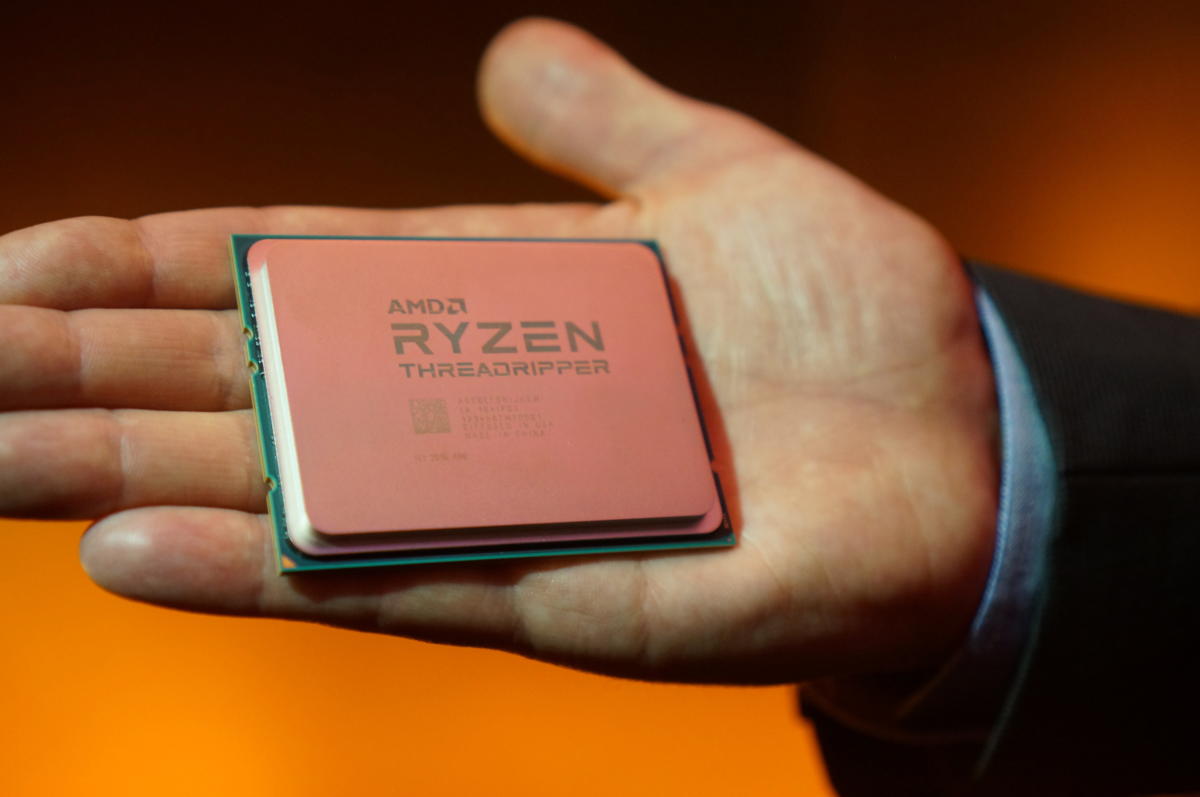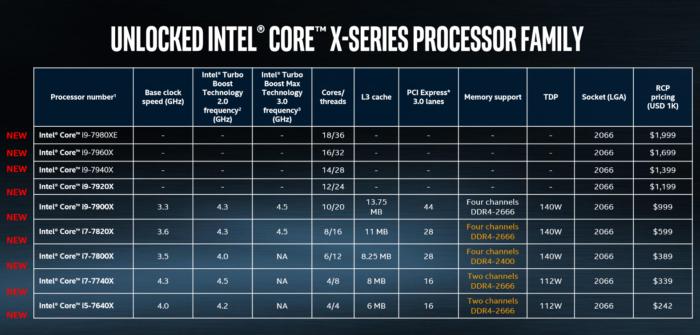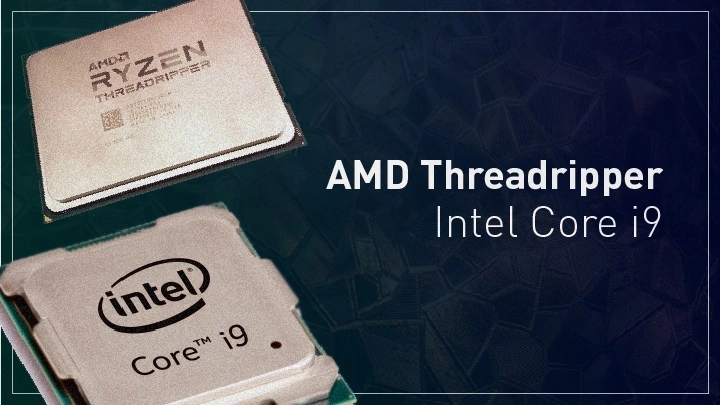Core Count Craziness Ever since Intel released the first dual-core central processing unit (CPU) back in 2006, the computer hardware market has never looked back at single die/single-core CPUs. However, despite dual-core and even quad-core CPU's being mainstream for around 10 years now, the adoption of higher core counts have been mostly reserved for enterprise-focused applications or enthusiast consumers with deep pockets. Now enter AMD Threadripper and Intel i9. AMD has been making a hard push as of late to re-establish itself in the marketplace as a more affordable alternative to Intel's more expensive but more popular CPUs. AMD has traditionally done this by offering similar performance while being noticeably more affordable than Intel, making its cost for performance figures quite appealing to more mainstream consumers. Both companies are in a head to head battle for the new CPU frontier of increasing core counts. This article will go into detail about the pros and cons of the new products these rival companies are bringing to the table. AMD Threadripper Let's start off with AMD Threadripper, shall we? Threadripper has some unique advantages over Intel. Breaking news from the GTC show in Taiwan reveals that the highest total core count for the Threadripper CPU will be an amazing 16 cores. On top of the mind-boggling large core, the count is the addition of support for a ridiculous 64 PCIe 3.0 lanes. For comparison, the Intel i7-7700K, a current high-end consumer favorite, only has 16 supported lanes of PCIe 3.0. What's more, is that all core count variants of the Threadripper architecture will have access to the glorious 64 PCIe 3.0 lanes across their entire processor lineup. Intel only unlocks the full lane support for the higher-end variants. This extra lane support is becoming more important as consumers continue to use more than one graphics card.

Intel Core i9 Thanks to AMD's large PCIe lane count, and inevitably more affordable price point, it may seem like Intel has nothing to offer. But Intel has one major thing going for it: the flagship i9 processor from Intel has 18 cores instead of AMD's "meager" 16 cores. With boost clock speeds expected to match Threadripper, it will be anybody's guess as to which CPU architecture comes out on top. No one processor has all the advantages over the other so there is no wrong choice in terms of which one you should buy when they become available later this year. Check out the pricing and specs for the i9 series below.

How Many Cores Do I Need? This has been an important question in the past that will only continue to grow in relevance as core counts continue their steady rise into the future. As it stands, there is no simple answer to the question. The use cases and applications vary from consumer to consumer so it is impossible to make a blanket statement that will apply to everyone. Gamers do not need to worry so much at the moment about higher core counts as video games rarely utilize multi-threaded code. Gone are the days when a higher core count meant sacrificing clock speeds, and therefore gaming performance. That conundrum allowed dual-core CPUs to remain the most common choice among gamers for almost the entire decade since their introduction despite the existence of quad-core CPUs. While details are scant at this time regarding clock speeds for AMD's Threadripper, there are rumors that overclocking will be able to reach as high as 5 GHz. If that turns out to be true, then it is definitely a win-win. Even Intel has clock speeds that give their current quad and dual-core lineup a run for their money thanks in large part to the new Turbo Boost 3.0 technology that allows the base clock speed to be increased from around 3.6 to 4.5, depending on the processor model purchased.
Everybody Wins! Ultimately, I'm thrilled that AMD is leading a comeback to compete against Intel's products and price points in both the CPU and GPU markets. It only benefits consumers in the long run as healthy competition forces prices to fall, innovation to increase, and release schedules to remain brisk. While these new high core count CPUs may seem slightly superfluous and expensive compared to current CPU offerings, the blistering fast clock speeds ensure that they will be a worthwhile investment.


